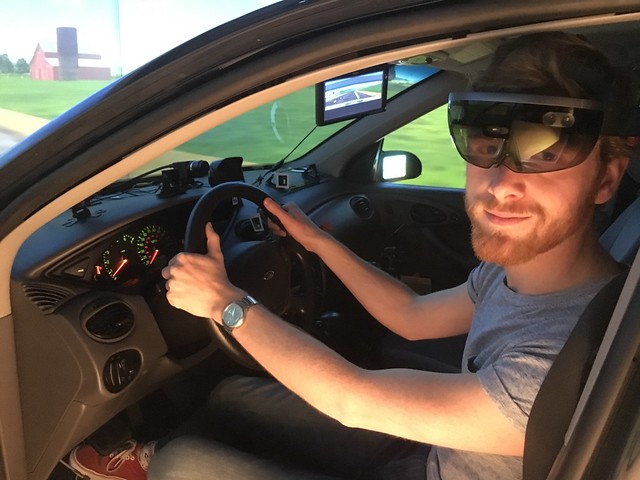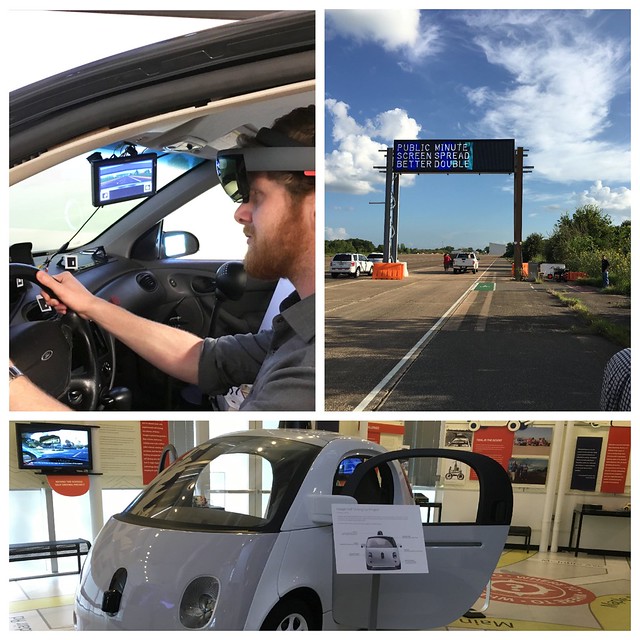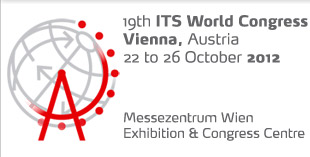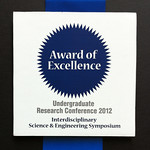
The University of New Hampshire HCI Lab is offering a fully-funded PhD position in Electrical and Computer Engineering, starting in the fall of 2019 (or as early as summer 2019).
The successful candidate will work under the supervision of Prof. Andrew Kun, conducting research at the intersection of in-vehicle user interfaces for automated vehicles, speech interaction, augmenter reality, and tangible interfaces. The interfaces to be developed will enable people to engage in work-related activities while the vehicle is under the control of automation. They will also ensure that the human user can safely return to driving when needed.
This research is an NSF-funded, four-year multidisciplinary collaboration between five institutions: UNH, Harvard University, the University of Washington, the University of Wisconsin, and Wellesley College. The successful candidate will be part of a multidisciplinary team of engineers, computer scientists, human-factors researchers, and economists, that will span these five institutions.
We are looking forward to applications from students who have the following qualifications:
- BS or MS in electrical engineering, computer engineering, computer science, HCI, or a similar field
- Solid computer programming skills
- Experience, or strong interest, in one or more of the following: in-vehicle interfaces, speech interfaces, augmented reality, and tangible interfaces
- Strong oral and written English communication skills
- Ability to function on multidisciplinary teams
We encourage students from groups that are underrepresented in STEM fields to apply.
Financial support:
A PhD student in good standing will receive a tuition waiver, health insurance, and a stipend (both during the 9-month academic year and during the summer). The stipend is intended to cover living expenses. the student will serve as a research assistant or teaching assistant.
UNH HCI Lab:
The UNH HCI Lab is part of the Electrical and Computer Engineering department at the University of New Hampshire, Durham campus. Lab members conduct research on HCI topics related to driving, cognitive load, speech interfaces, augmented reality, interactions with large multi-touch devices, and usable security.
To apply:
Please contact Prof. Andrew Kun with any questions regarding the research topic and the specifics of the position. Potential applicants should review the UNH ECE PhD program guidelines, and the UNH Graduate School application instructions. Applications for the fall of 2019 received by February 1, 2019 will receive full consideration. Applications received after this deadline will be considered if funding is available.








 Two of my undergraduate research assistants, Josh Clairmont and Shawn Bryan, won an Award of Excellence at the 2012
Two of my undergraduate research assistants, Josh Clairmont and Shawn Bryan, won an Award of Excellence at the 2012 

